Latest News
Google and Walmart Team Up To Enable Voice Shopping
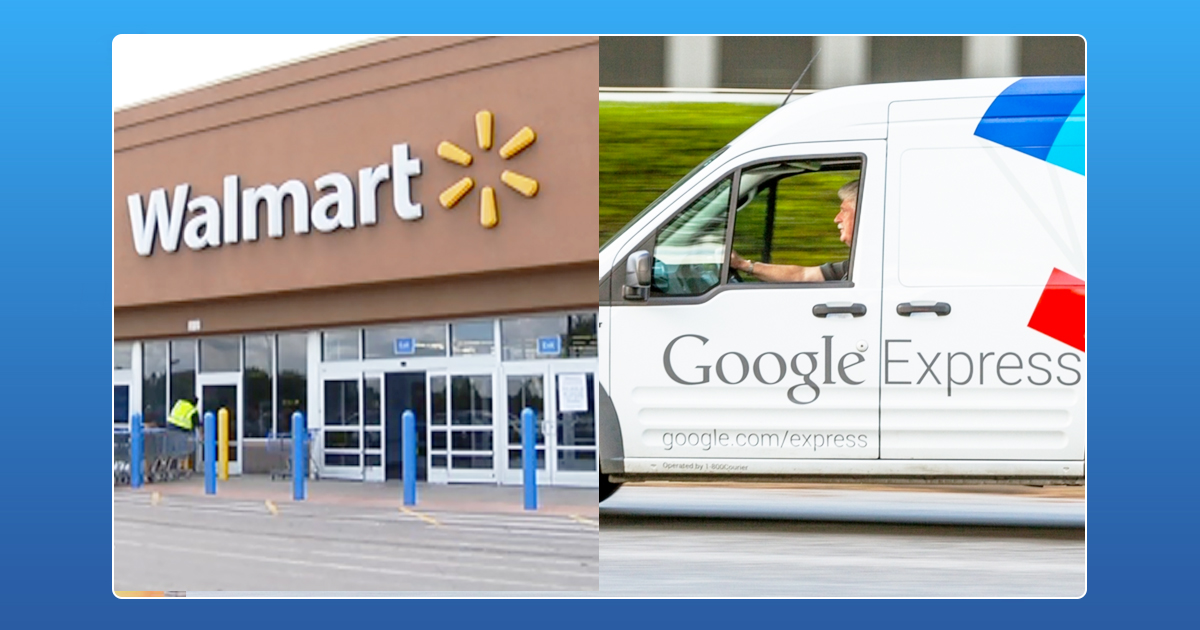
Google and Wal-Mart Inc., will be joining forces to challenge rival Amazon.com Incorporated’s grip on the ecommerce sector. The partnership will enable voice ordered purchases from the retail giant on Google’s virtual assistant and will add thousands of Wal-Mart items to Google’s online shopping marketplace, Google Express.
Through the partnership, consumers will now be able to take advantage of Walmart’s “Easy Reorder” feature through an integration with Google Express. This will mark the first time the world’s biggest retailer Wal-Mart will make their products available on an online portal apart from their own website. Along with adding thousands of items to Google Express, the deal will also give Wal-Mart access to voice ordering by speaking to Google’s virtual assistant and Google’s voice controlled speakers. The feature will soon be available on other devices as well.
Wal-Mart’s Head of ecommerce Marc Lore, in a blog post, said they’ll be working with Google to offer hundreds of thousands of items for voice shopping via Google Assistant, starting late September. Google Express will also be ditching their $10 per month membership fee and have promised free delivery across its retailers in one to three days, as long as customer orders are above each store’s minimums.
Launched in 2013, Google Express enlists third party firms to fulfill orders from a variety of retailers. They currently provide access to Target, Costco, Kohl’s, Bed Bath & Beyond, PetSmart, Staples, Toys R Us and Walgreens among other companies. The partnership with Wal-Mart will allow users to link their Wal-Mart accounts to Google Express, so when Wal-Mart shoppers ask the Google Home for more toothpaste will get the same brand they bought last time.
Amazon is known for inventing the concept of voice shopping and their vast data on customer’s past purchases allows their device Echo and assistant Alexa to recall the preferred brand, size and type, without requiring shoppers to scan through different product listings. The ecommerce giant also recently acquired Whole Foods to strengthen their hold in the groceries sector as well.
Wal-Mart, recently also partnered with Uber to expand their grocery delivery services and are also testing deliveries by store workers. By next year, Google and Wal-Mart hope to enable users to order fresh groceries via voice for in store pickups as well.
Latest News
Zerodha Reports 23% Profit Decline in FY25 as Revenues Miss Target
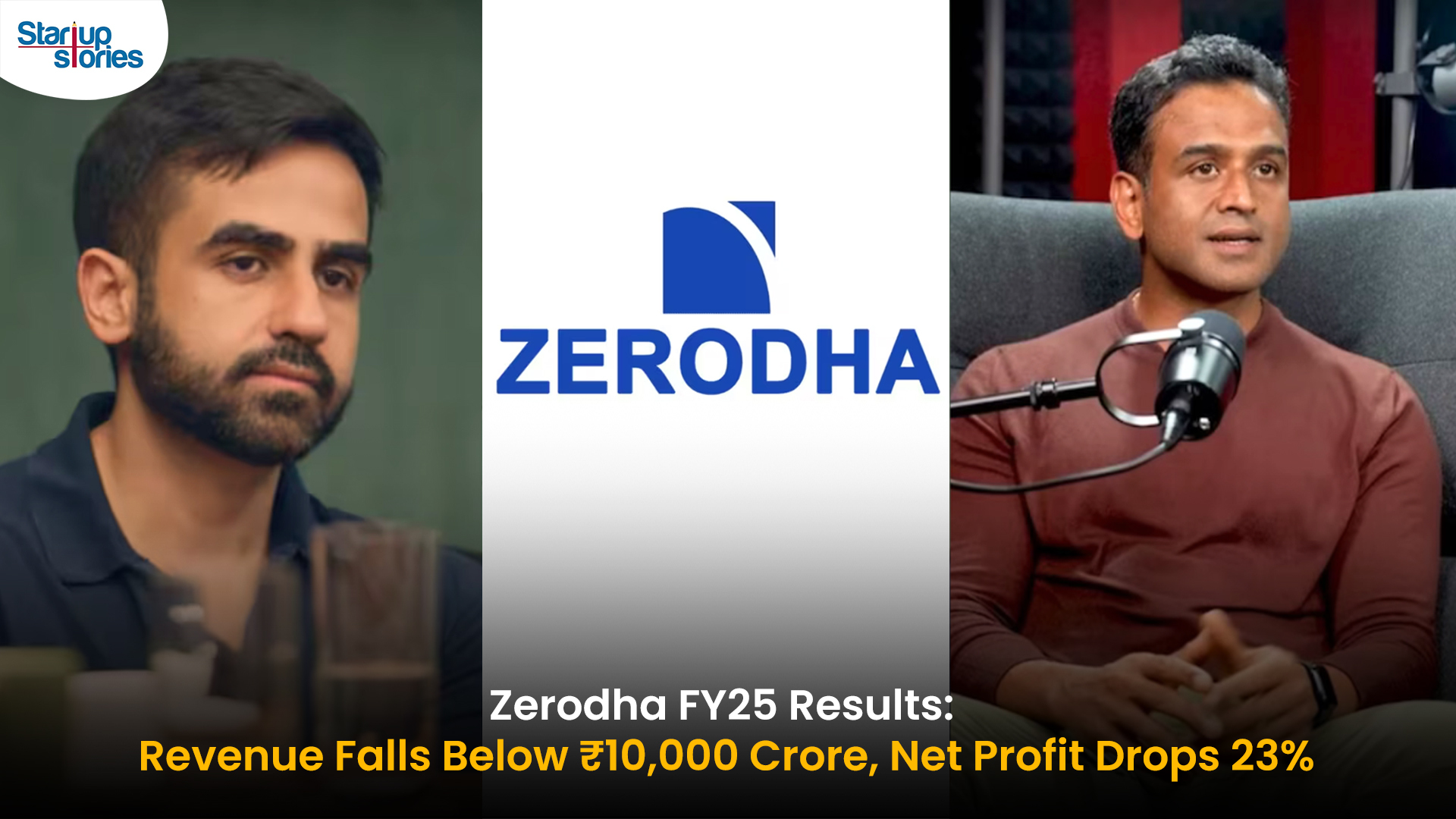
Zerodha experienced a challenging FY25, as its revenue fell 11.5% to ₹8,847 crore and net profit dropped 22.9% to ₹4,237 crore. This decline reflects tougher regulatory conditions, lower trading volumes, and increased operational costs in the brokerage market, all of which impacted core earning segments for the company.
Despite these headwinds, Zerodha improved its operating margin to 63.78% and built up significant cash reserves, reporting ₹22,679 crore in bank balances. Salary expenses and director remuneration increased, but disciplined cost controls helped the company maintain profitability and a debt-free balance sheet. The drop in active clients and increased compliance costs further contributed to the profit contraction.
Looking ahead, Zerodha’s resilience is supported by its robust cash position and operational efficiency. Maintaining steady margins, diversifying product offerings, and investing in technology positions the company to withstand future regulatory fluctuations and changing market sentiment reinforcing its status as one of India’s leading brokerage firms.
Latest News
Zoho Pay Debuts as India’s New UPI Challenger, Taking on PhonePe, Paytm, and Google Pay
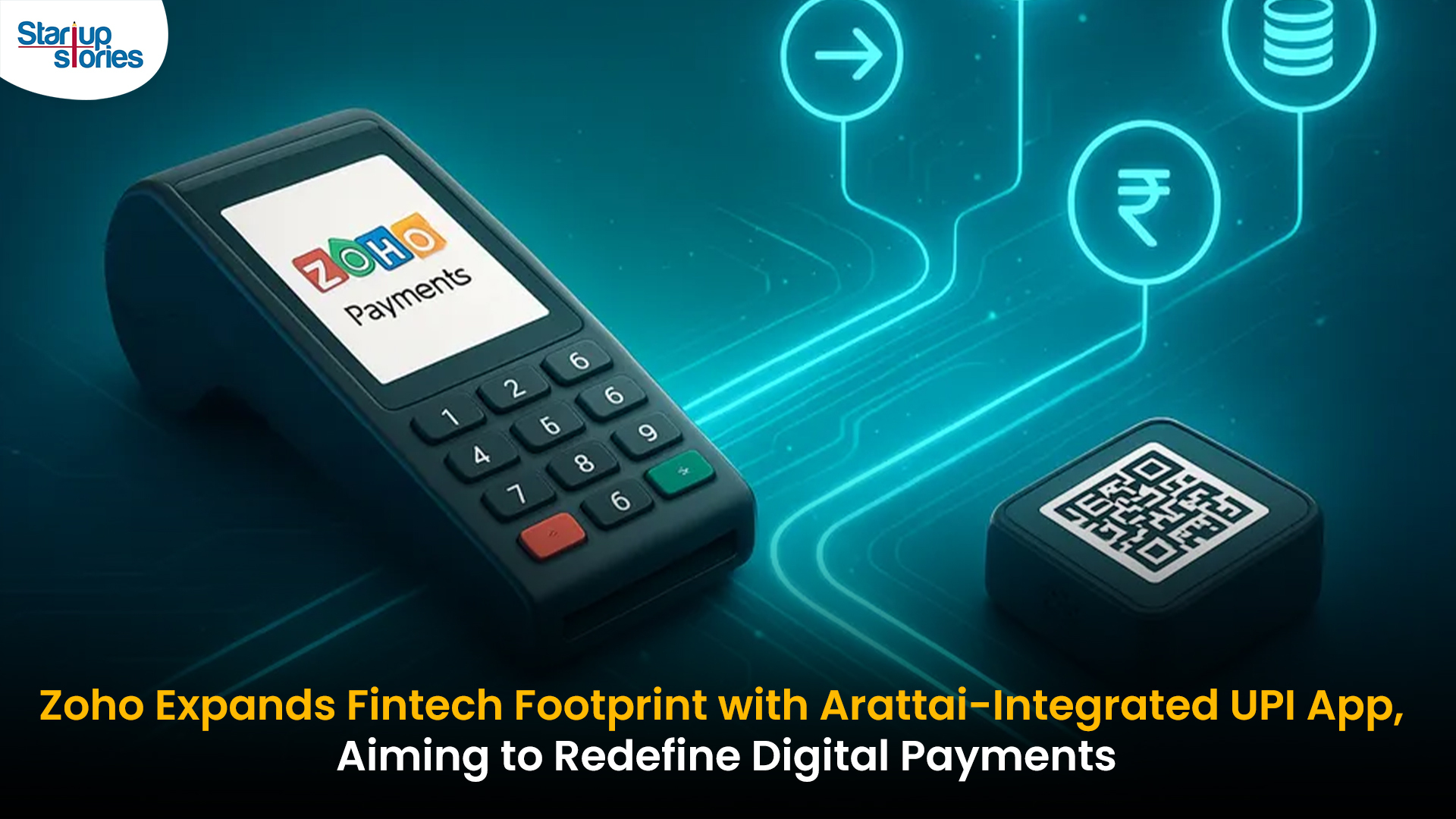
Zoho Corporation has expanded its fintech portfolio with the launch of Zoho Pay, a UPI-based payments app built to challenge India’s top digital payment giants such as PhonePe, Paytm, and Google Pay. The new app supports peer-to-peer transfers, bill payments, QR-based transactions, and merchant settlements in a streamlined interface. Available as both a standalone app and an integrated feature inside Zoho’s privacy-driven messenger Arattai, Zoho Pay enables users to handle chats and payments in one platform, emphasizing data privacy and Made-in-India innovation.
Through seamless integration with Arattai, Zoho Pay allows users to send or request payments, split expenses, and conduct UPI-based transactions directly in their chat windows. Users can link bank accounts, scan dynamic QR codes, and receive audio confirmations of payments, ensuring speed and security. This design mirrors the simplicity of India’s leading UPI apps but is powered by Zoho’s non-advertising, privacy-first model. The integration aligns with Zoho’s mission to build a self-reliant digital ecosystem, where messaging and money management coexist securely.
In the competitive digital payments market, Zoho Pay differentiates itself through its tight business software integration with apps like Zoho Books, Zoho Payroll, and Zoho Commerce, offering small businesses unified access to payments, billing, and accounting. The company is also expanding its reach with POS devices for merchants featuring UPI QR, card payments, and instant reconciliation tools. With founder Sridhar Vembu’s vision of a ‘Chat + Pay’ ecosystem, Zoho Pay reflects a bold step toward redefining India’s fintech scene with a secure, ad-free, and locally developed alternative to global payment platforms.
Latest News
Meta Expands AI-Powered Reels Translation to Hindi and Portuguese, Enhancing Global Creator Reach
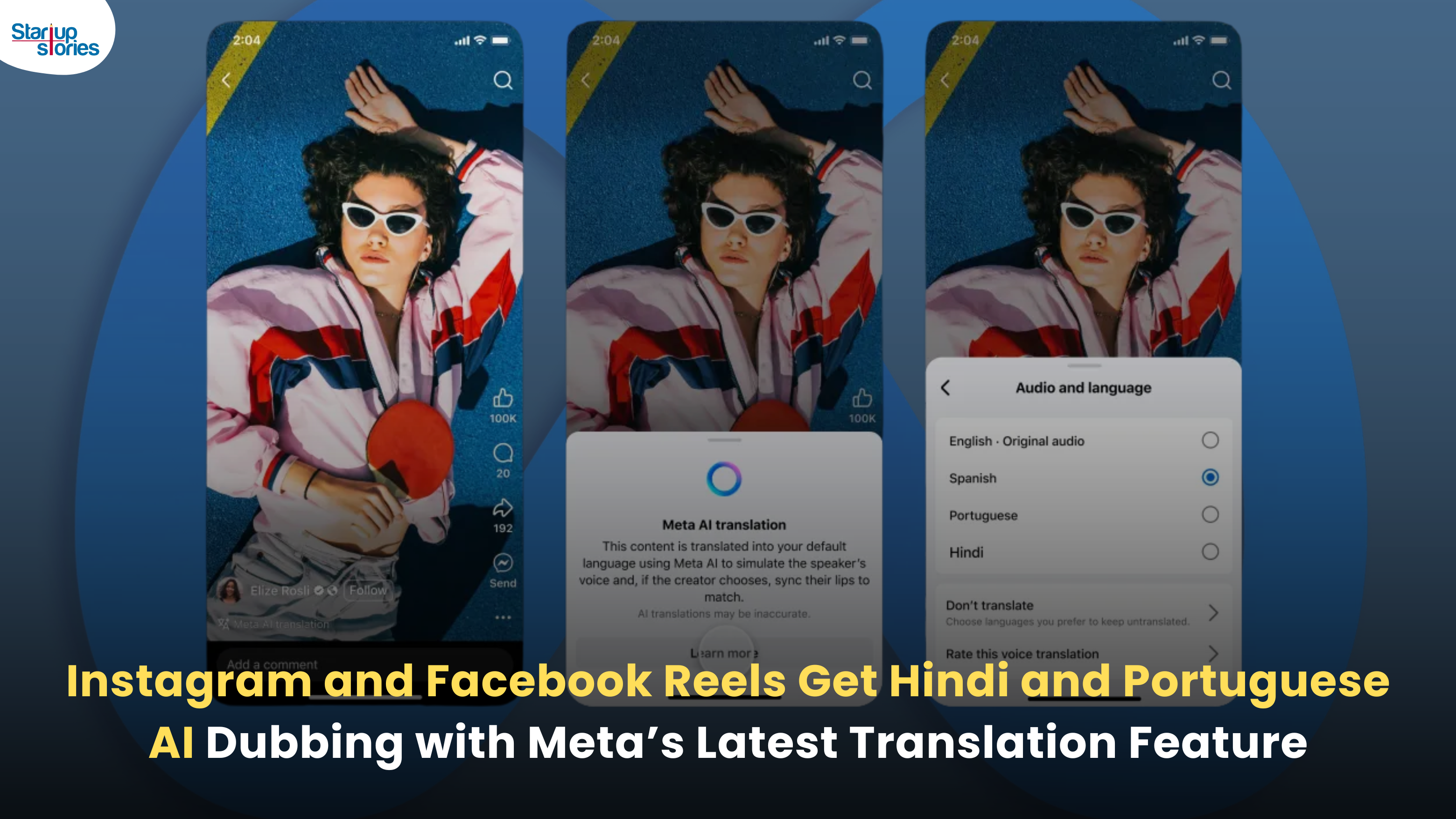
Meta has expanded its AI-powered translation feature for Reels to include Hindi and Portuguese, joining English and Spanish in empowering creators to reach a broader global audience on Instagram and Facebook. Originally launched in August 2025 with support for English and Spanish, this update now allows creators to seamlessly translate and dub their short videos, breaking language barriers across some of the largest Reels markets worldwide. The AI technology mimics the creator’s voice tone and even offers lip-syncing to ensure the translated videos feel natural and engaging for viewers.
This enhancement is especially significant for India, the largest market for Facebook and Instagram, where over 600 million people speak Hindi. Content creators who are not fluent in Hindi can now easily access this vast audience, increasing their reach and engagement across diverse linguistic groups. To maintain transparency, all translated Reels are clearly labeled with “Translated with Meta AI,” and viewers can choose to switch translations on or off based on their preference.
In addition to voice dubbing, Meta is developing features to translate captions and text stickers on Reels, making content more accessible even without sound. These AI translation tools are available free for eligible public Instagram accounts and Facebook creator profiles with over 1,000 followers. This innovation reinforces Meta’s commitment to fostering cross-cultural content sharing and enhancing creators’ ability to connect with audiences around the world through short-form videos.


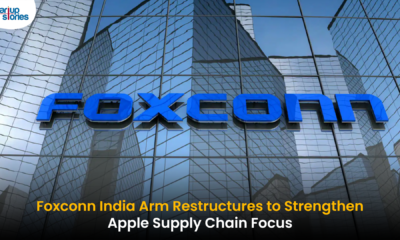

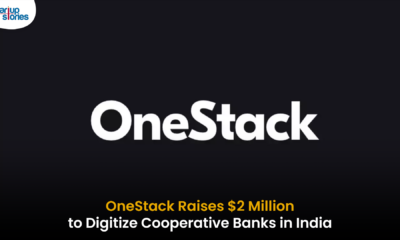









GO88
November 6, 2025 at 1:11 am
Tham gia cộng đồng game thủ tại Go88 để trải nghiệm các trò chơi bài, poker phổ biến nhất hiện nay.
Kuwin
November 6, 2025 at 1:41 pm
kuwin sở hữu kho game đa dạng từ slot đến trò chơi bài đổi thưởng, mang đến cho bạn những giây phút giải trí tuyệt vời.
ios超级签
November 10, 2025 at 7:43 am
苹果签名,苹果超级签平台,ios超级签平台ios超级签苹果企业签,苹果超级签,稳定超级签名
MM88
November 10, 2025 at 10:46 am
Khám phá thế giới giải trí trực tuyến đỉnh cao tại MM88, nơi mang đến những trải nghiệm cá cược thể thao và casino sống động.
站群程序
November 11, 2025 at 5:39 pm
搭载智能站群程序,自动化搭建与管理,为SEO项目提供核心驱动力。站群程序
MM88
November 14, 2025 at 12:37 am
Với giao diện mượt mà và ưu đãi hấp dẫn, MM88 là lựa chọn lý tưởng cho các tín đồ giải trí trực tuyến.
iwin
November 22, 2025 at 1:31 am
iwin – nền tảng game bài đổi thưởng uy tín, nơi bạn có thể thử vận may và tận hưởng nhiều tựa game hấp
J88
November 28, 2025 at 11:43 pm
Đến với J88, bạn sẽ được trải nghiệm dịch vụ cá cược chuyên nghiệp cùng hàng ngàn sự kiện khuyến mãi độc quyền.